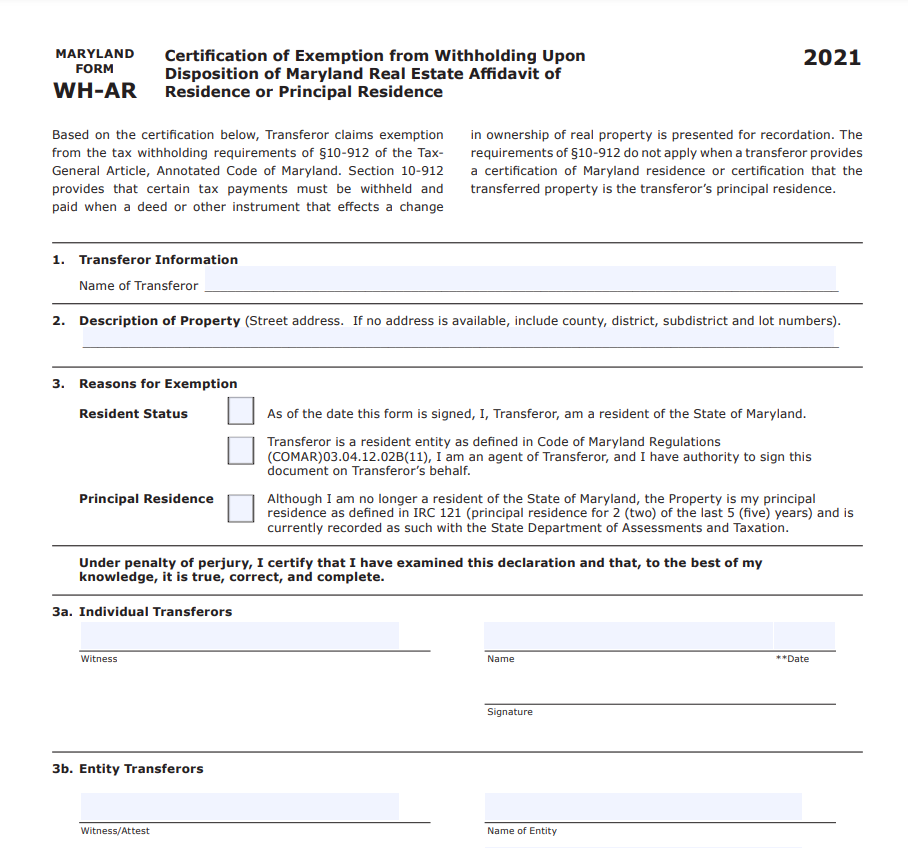Maryland Residency Affidavit Form – Using a Maryland Residency Affidat will allow you to avoid paying income tax on the sale of property inside the state. Your signature on these documents must be notarized by a notary public. An affidavit will be amended with legalese and signed on your behalf by a notary public. The affidavit should also detail your relationships with specific people. You can download an example affidavit of residence in Word or PDF format.
letter proving one’s residence
Any documentation pertaining to your residency should be accompanied by a letter serving as proof of residence. It must be notarized because it contains your name and address. The necessary documentation should also be enclosed with the letter. Include the most recent documents if at all possible. Two (2) documents are typically needed. Send the letter and the supporting documentation to an organization or outsider for examination.
For the purposes of applying for a driver’s license, enrolling in school, and receiving in-state college tuition rates, a letter of verification of residence is often necessary. It is crucial to use the correct address when filling out this form, as well as the address of the signer’s primary residence. A notary public may occasionally request an affidavit that lists both the principal and secondary residences.
a document used to request an exemption from income tax withholding on the sale of Maryland real estate
A non-resident must pay state income taxes in Maryland when they sell real estate. The certificate of complete or partial exemption from income tax withholding must be presented by the seller or buyer to the comptrollers office at settlement. The entire or partial exemption amount that will be withheld at settlement is described in this document. The settlement agent is in charge of making sure the proper funds are set aside for the payment before closing.
The procedure is straightforward regardless of whether a person or company is exempt from income taxes on real estate sales in Maryland. To find out if the owner qualifies for an exemption, submit an Application for Tentative Refund of Income Tax Withholding on Sale of Real Property in Maryland. Within sixty days after the selling date, this document must be submitted to the Comptroller. The seller must finish Section V if they have more than one branch.
components of documents
Digital signatures, file attachments, metadata, and encryption are just a few of the elements that might be included in a Maryland affidavit form. It’s crucial to be aware of the deadlines and ensure that the information provided is true and comprehensive while getting ready to fill out the Maryland affidavit form. After completing the document’s preparation, you can fill out the remaining blanks, including the section where you sign the paper.
Online Affidavit form filling and PDF file editing are both possible. A print document’s entire structure can be captured in a PDF file. As a result, PDF files are often viewed, printed, and forwarded and are frequently used as residency proof. They are far more than just images of documents; they are a standardized format for properly presenting documents that work with virtually every computer, operating system, and software platform.
Format
You must fill out the Maryland Residency Affidavit Form. An individual must sign the Maryland residency affidavit and attest that they live in the state. A notary public should notarize it, adding some legalese and signing it. Information describing the person’s connection to the person claiming residency must be entered into the paper. It is possible to download the sample affidavit in Word and PDF formats.
The Maryland residency affidavit format is available online for editing and completion. It is prepared in a PDF format. All the components of a print document are preserved in the file format known as PDF. It may be printed, viewed, and forwarded and is quite trustworthy. A common document format for accurately presenting documents is called the Portable Document Format. It is independent of the recipient’s hardware, software, or operating system.
Download Maryland Residency Affidavit Form 2022
